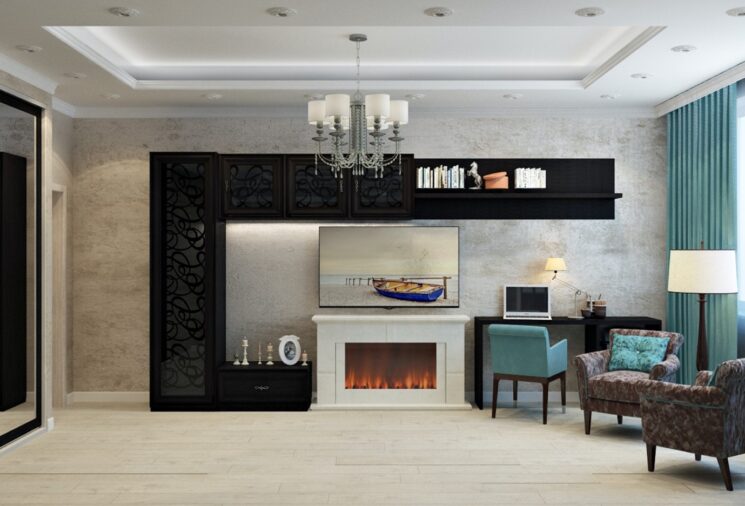When the temperature drops, finding ways to heat your home becomes a top priority. While there are many options available, one traditional method that is often overlooked is using kindling. In this article, we will explore the benefits of using kindling to heat your home and discuss other popular heating options.
Using Kindling to Heat Your Home
Kindling is a small, dry, and easily combustible material that is used to start a fire. It can be anything from small twigs and branches to dried leaves or paper. The key to successful kindling is to use small pieces that will ignite quickly and easily, allowing the fire to spread to larger pieces of wood.
Once a fire has been established using kindling, it can generate a significant amount of heat energy that can be used to warm a home. This is because the combustion process releases energy in the form of heat, which can then be transferred to the surrounding air through convection.
One of the benefits of using kindling to heat your home is that it is a renewable energy source. Unlike fossil fuels, which are finite resources, wood is a sustainable and renewable resource that can be harvested responsibly. This makes kindling an eco-friendly choice for homeowners who are looking for ways to reduce their carbon footprint.
Another benefit of using kindling to heat your home is that it can be more cost-effective than other heating sources. While the initial investment in a fireplace or wood stove can be expensive, the cost of fueling the fire with kindling is relatively low. In fact, many homeowners find that they can significantly reduce their heating costs by using kindling as a supplement to their existing heating system.
Using a Fireplace to Heat Your Home
A fireplace is a traditional heating option that has been used for centuries. It is a popular choice for many people because it creates a cozy atmosphere and allows them to enjoy the warmth and beauty of a natural fire.
To use a fireplace to heat your home, begin by stacking small pieces of kindling in a crisscross pattern on the bottom of the fireplace. Then, place larger pieces of wood on top of the kindling, making sure to leave space between the logs for air to circulate. Light the kindling with a match or lighter and wait for the fire to spread to the larger pieces of wood.
One potential downside of using a fireplace to heat your home is that it can be inefficient. This is because much of the heat generated by the fire is lost through the chimney. Additionally, it can be challenging to maintain a consistent temperature with a fireplace, which means that you may need to adjust the fire frequently to keep the room comfortable.
Using a Wood Stove to Heat Your Home
A wood stove is a more efficient heating option than a fireplace because it is designed to circulate air around the fire, which allows the heat to be distributed more evenly throughout the room.
To use a wood stove to heat your home, simply place small pieces of kindling in the bottom of the stove and light it with a match or lighter. Then, add larger pieces of wood as needed to maintain the fire.
One of the benefits of using a wood stove to heat your home is that it can be very efficient. In fact, some newer models are designed to be up to 80% efficient, which means that they can convert up to 80% of the energy in the wood into heat for your home. Additionally, wood stoves are often more attractive and can add value to your home.
Using Electric Heaters to Heat Your Home
Electric heaters are a popular heating option because they are easy to use and require no ventilation. They can be plugged into any electrical outlet and are typically very portable, which makes them ideal.





